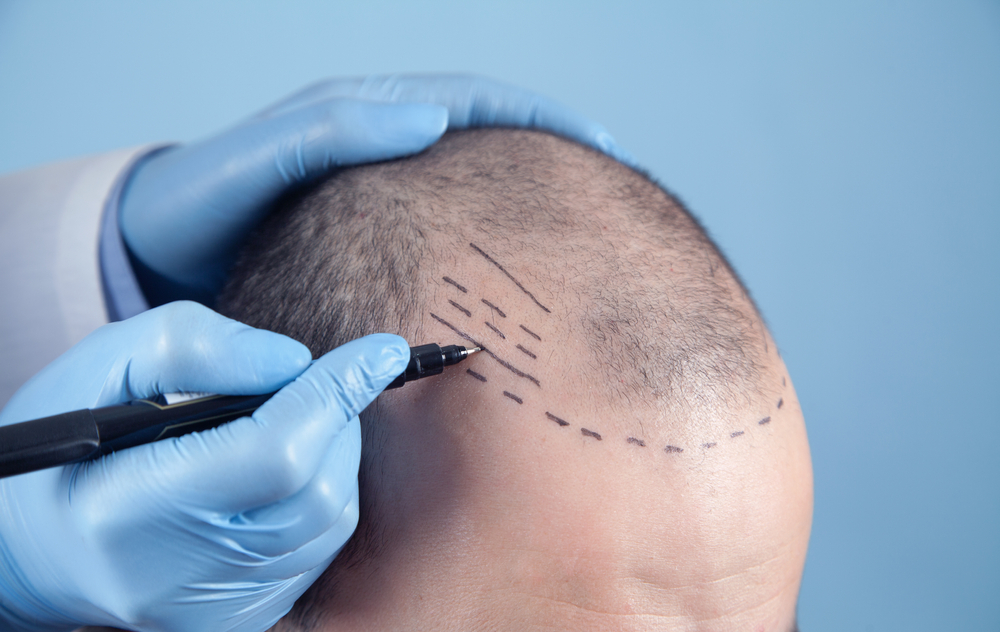 Loading...
Loading...
 Loading...
Loading...
 Nowadays our life is running like a racing car. We are all participants of a hectic schedule. That affects us in various manners. One of them is Hair Loss. If thinning up top or going bald really bothers you, there is a remedy named, HAIR TRANSPLANT. Let’s know more about it.
Nowadays our life is running like a racing car. We are all participants of a hectic schedule. That affects us in various manners. One of them is Hair Loss. If thinning up top or going bald really bothers you, there is a remedy named, HAIR TRANSPLANT. Let’s know more about it. Copyright © 2022. Tricoplast all Rights Reserved.
X
[contact-form-7 id="0" title="Popup Form"]X
[contact-form-7 id="0" title="Popup Form"]